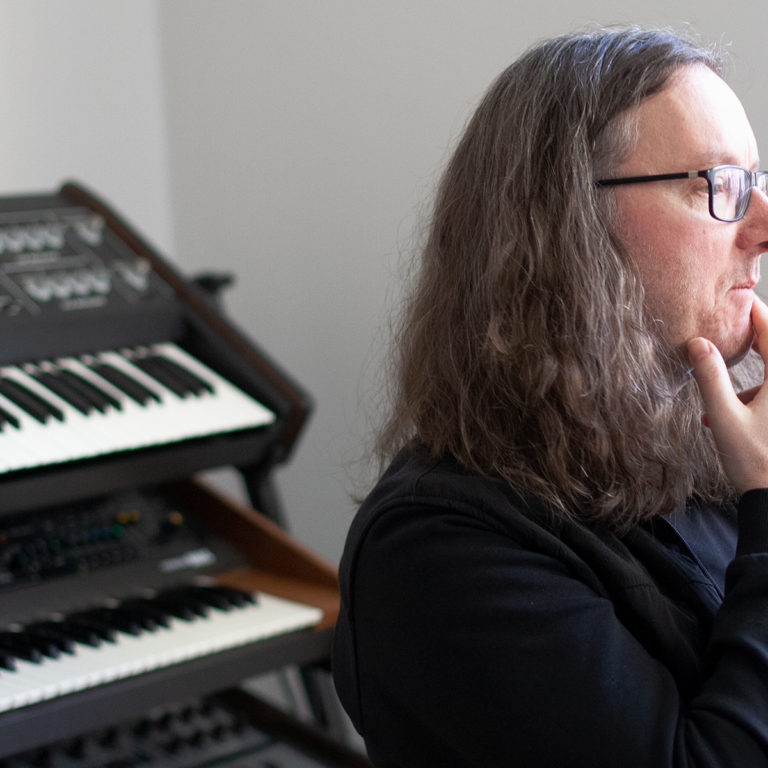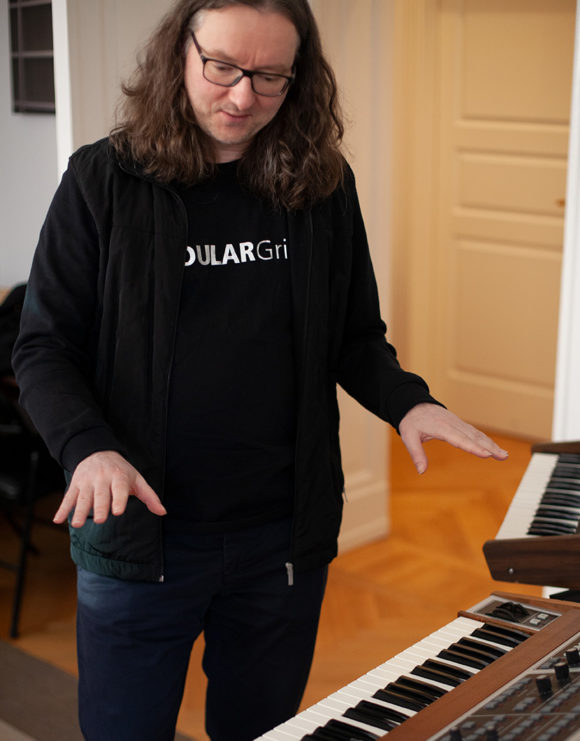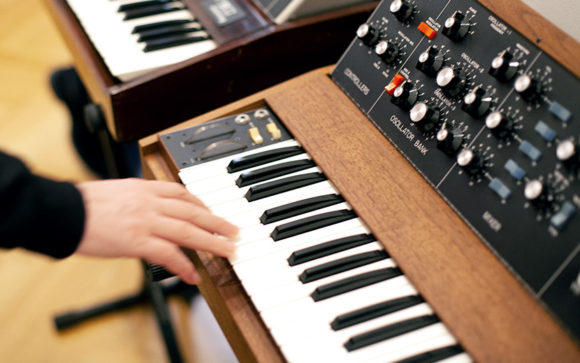Urs Heckmann is the founder of u-he, a company that began as a hobby, but has since grown into a renowned firm that has produced much-loved software instruments and effects, including Diva, Repro, and Satin. From u-he’s Berlin headquarters, Urs talked about getting into creating instruments, the science behind emulating analog in software, and trends in the ever-evolving field of sound design and instrument creation that he thinks are most exciting.
What made you start u-he?
I got into programming computers at the age of 13 or 14 with the Commodore 64 and that kind of stuff. While everyone was playing games, I was programming them, creating sequences in software that were used in a couple of games. I eventually gave that up, but kept making music on computers. 10 years later I was studying industrial design. The Internet had arrived, and I immediately got back into programming again. My studies focused on media: working with architects, with video, and then writing scripts for Macromedia Director – that kind of thing.
After my studies I started getting more serious about making plug-ins. You have to understand that plug-ins were really expensive back then, especially the best ones. Basically, I was interested in designing my own synths. With the arrival of VST it was clear that there was suddenly a way to do that, so I decided to quit my job and make my first serious plug-in. Zebra was my first attempt back in 2003, and everything just took off from there.
Around that time there was a heated online debate about the sound of plug-in synths versus analog hardware, and it bugged me that the smartasses turned out to be right – that analog stuff sounded different, better. At the time I was like “Oh man, no, it’s all in your head!” But then I started buying analog synths when they came back into fashion, and realized how great they sounded. So my interest shifted towards analog emulations, and that’s where Diva and Repro came in.
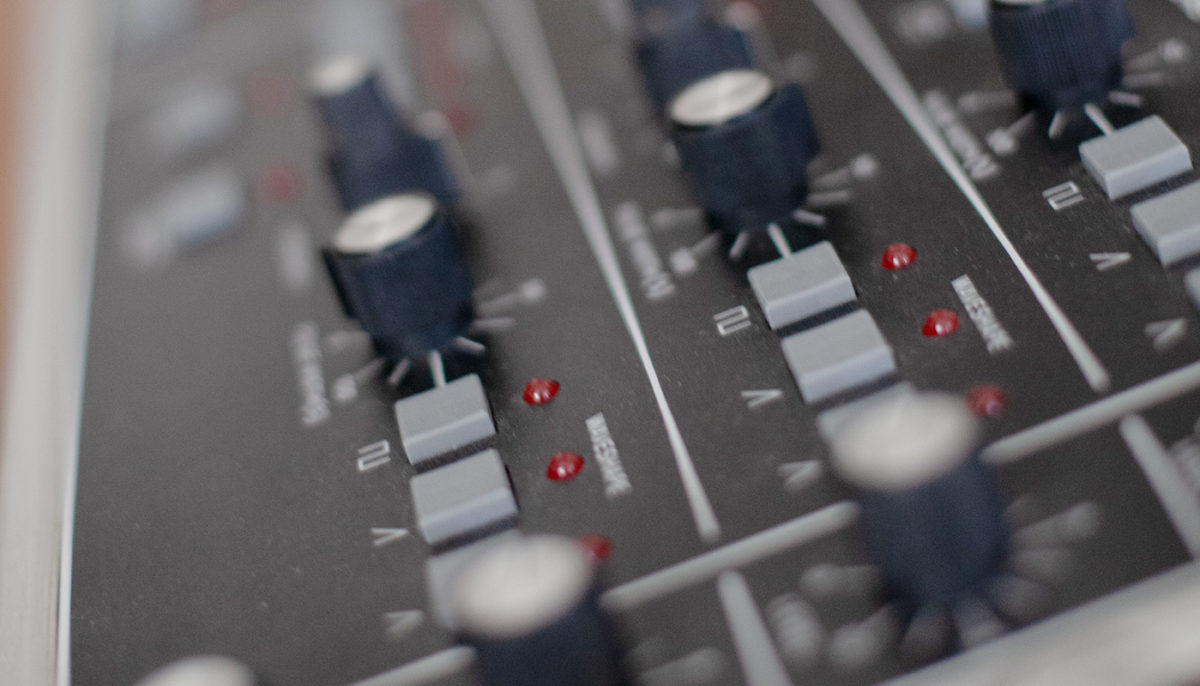
How did you come up with the idea to create Diva?
There was a discussion in the DSP forums with a few guys about the idea of zero delay feedback filters. Back then it was something new, it was a cool concept that wasn’t abused like it tends to be these days. It was different. Anyway, we each had different approaches. Mine was demonstrated by Diva, one of the earliest examples of that kind of technology.
The basic idea was to get as close as possible to the hardware but give it the full flexibility of software to keep the futurists happy. With analog emulations like Diva, Repro and MONARK – which was being built around the same time as Diva – everybody had a different idea about which details are most important, and which aren’t. Or are even counterproductive: For instance, if you really want the software to do exactly what the hardware does, it would have to break down. But nobody wants their synths to accumulate faults that need repairing every year just to make them sound good again.
So you have to leave out the nonsense and concentrate on whatever is really important for the sound. For me it always comes down to this: Can people really tell the difference between software and hardware, or is it all in the mind? If you can see which is which the response is usually “yeah, this is obviously the software and that’s the hardware.” But in a blind test I believe you really couldn’t tell the difference these days.
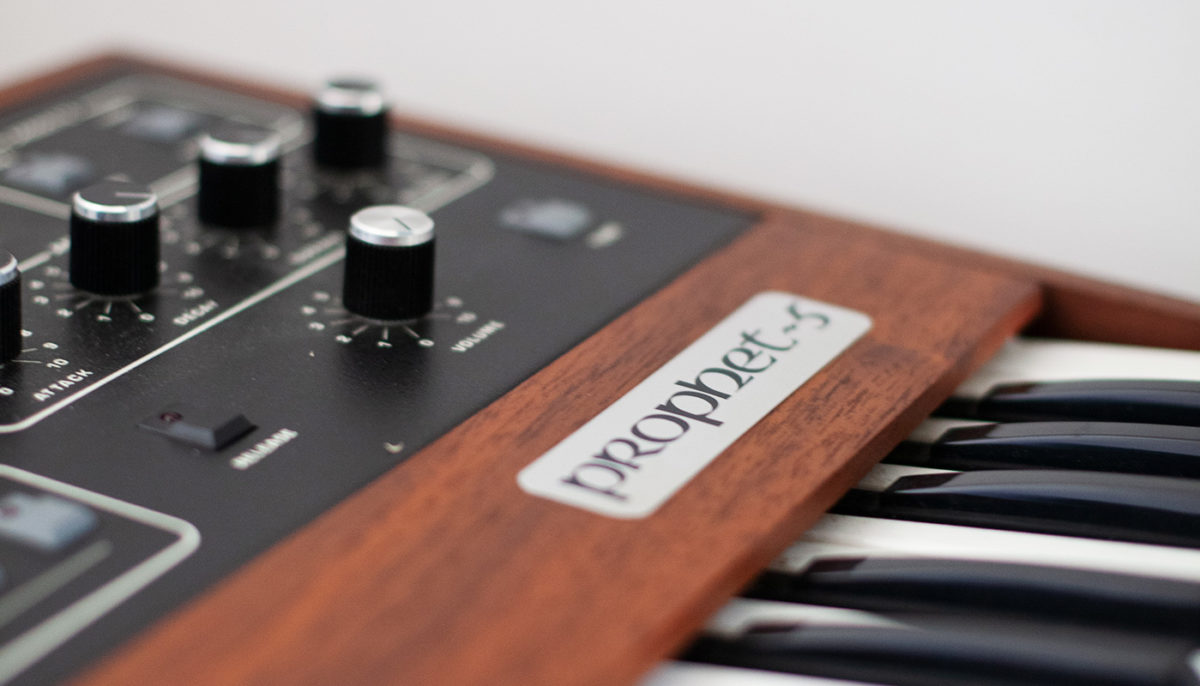
Tell us a little bit about your Prophet emulator, Repro.
Repro is very different from Diva. Diva is very smooth and mellow and it does what I call the precision of analog sound. It’s made to play nice, it’s a sweet-spot synth. Repro is quite the opposite. Sequential, who made the Prophet 5 and the Pro 1, didn’t give a flying fuck about parameter ranges. The Prophet 5 has this humongous modulation range – you can do audio-rate modulation over 12 octaves. In the Minimoog, it’s only two. Maybe four if you have a bipolar signal, you know? It’s crazy.
And it’s also got some great chipset faults. The Prophet 5 we modeled Repro on has faults in the filter. Once the cutoff is constant, it’s perfect. It’s a perfect filter. But as soon as you modulate the cutoff, the modulation signal is imprinted on the audio. It probably wasn’t deliberate, but it was at least partly responsible for the characteristic sound.
As for the oscillators, Prophets were renowned for their sync sound. We figured out that it doesn’t really work as it’s supposed to. Because what happens is that the sync on the first sawtooth, for example, seriously overshoots, giving it more bite than other implementations. So you get these really raw sounds that Prophet 5 and Prophet 1 are famous for. This is not a sweet-spot synth. It can get dirty!
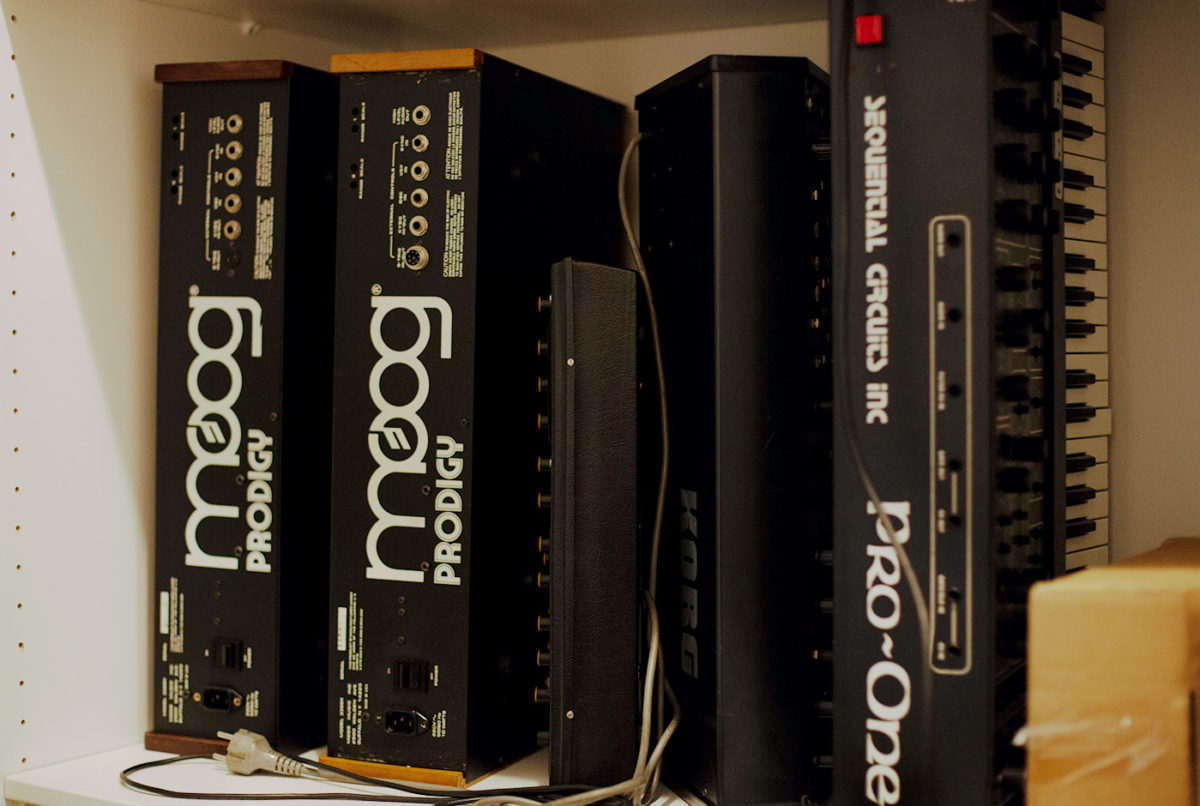
What’s the difference between Diva, Repro, and MONARK versus other software emulation that’s on the market?
It’s very difficult to explain without using words like ‘warm’ and ‘solid’, which I hate, but it has to do with adding imperfection to the sound. In digital filters of the ‘90s, based on the Stilson Smith paper and all that, they put distortion stages between the filters. An analog low pass filter does have distortion but it has the distortion in the feedforward as well as in the feedback. It’s not really a distortion stage any more, but rather a slew-rate limiter. It’s very different. If you only have distortion between the stages like in many of the early implementations, the result is a clipped signal. If you have it in the feedback as well, the signal isn’t clipped. It can go to any level beyond what the single clipping stage does. And it goes there slowly, unlike classic digital implementations. It’s not distortion per se, though you could say it’s a derivative of distortion. You can hear it. That’s the warmth, that’s the solidity.
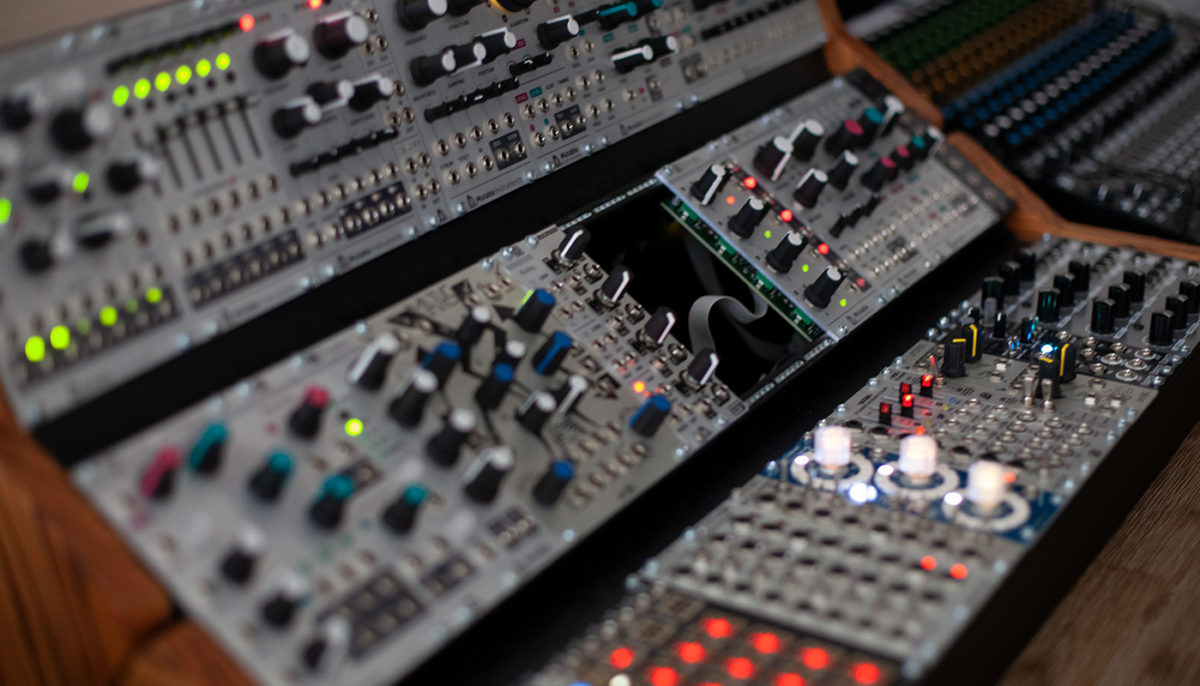
Is there a trend in music technology that’s particularly exciting to you?
What’s really exciting is all the innovation in the modular realm. The Eurorack stuff and all that. I can give you several examples. One is, of course, REAKTOR BLOCKS, right? And another one is Arturia’s new plug-in which has “west coast” modules in it, which I find highly interesting. Whenever we talk about making new modules or adding new features, we often start by looking at what Mutable Instruments do, because they’re amazing. It doesn’t work in a polyphonic voice synth. It’s not made for that, it’s conceptually unsuitable. However, the ideas in there… oh yes! Modular is often about controlling the chaos, you know. Having a certain degree of randomness that makes musical sense, where you can still feel: “hey, I’ve done something”.
It’s about discovery, and having fun. And I like that a lot. I started finding certain software tedious, when you have to work a lot to get a particular result. More often than not, the more features you add – even though it reads better – the more work is needed to get something useful out of it. It’s often better to simplify.
Tell us a little bit about NKS integration and how it works with your instruments and effects?
This is one way we can combat the difficulties of software. For a long time we’ve worked with various integrations, but it used to be harder. The hosts could be pretty horrible – each one had different limitations. So when NKS came around, we thought “Yeah, okay. This will work.” From a technical side it was very easy to implement. Sure, we still have to go through and tag all our presets, which is a lot of work, but NKS isn’t – everything going forward will be NKS-ready. And we go a bit further than most because our plug-ins can save NKS directly. This means that you can get any third party preset pack and convert it yourself without any special software.
The advantage of plug-ins and NKS is that you can assign eight macro controls. Eight basic controls for sound designers and users to quickly perform or adjust various aspects of the sound. A lot of it is automated in the software, but then you can fine tune it, which again relieves any tedium. If you have tedious features, however useful, users won’t touch them. It’s great because it forces developers of NKS-ready synths to do that work for them, right? That’s the best part of it.
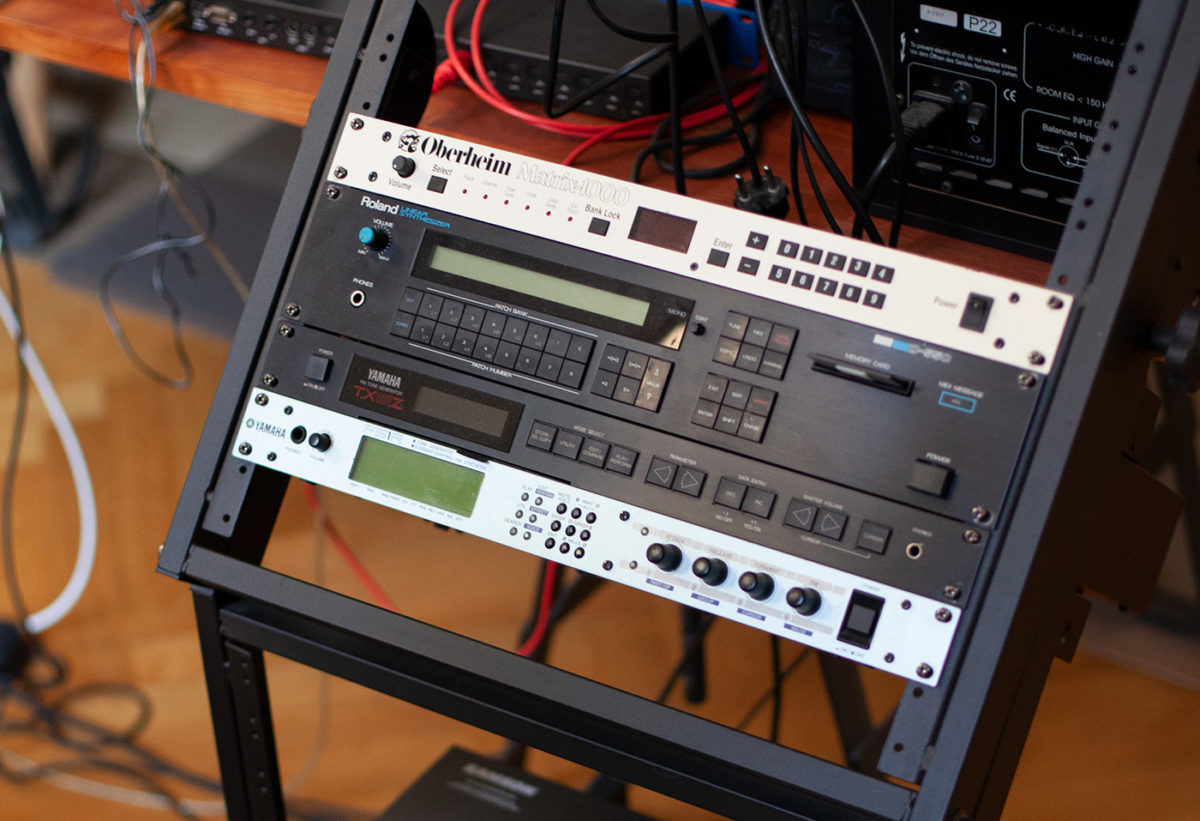
What’s your process for designing effects?
We often start with construction kits as reference. Satin, Presswerk – those are construction kits. But unlike Diva and Repro, which are based on actual devices we’re emulating, these aren’t replicating any single devices. Satin is not based on a particular tape machine, but on old books from old German companies that contain so much old, unique knowledge about this kind of engineering and how to create these effects. Stuff you can’t capture with convolution or normal software methods. Many of the tape emulations out there get things wrong. Most tape emulations distort more as the signal volume goes up, but real tape actually distorts more when the signal level is lower. Of course you can completely overdrive tape – we all know that sound. However, the really interesting effects happen to quiet signals: Most tape emulations don’t take that into account.
With Satin, Presswerk, Colour Copy and Twangström we wanted to capture details we think are super important, but without any direct emulation. Presswerk, for example, was originally based on a very, very popular compressor. We wanted our version to be better, so we gave it six detector stages that work together, doing automatic release curves and that kind of stuff. All the legendary units out there have two. We could put in six because Presswerk is digital: Presswerk can do all the crazy stuff nobody could afford in hardware.
With Colour Copy, I think we nailed the awesome essense of bucket brigade delays without all the crap that comes with it. With Satin, our tape effect, we got loads of customers who bought it specifically for the noise reduction circuit options, which you can select independently for the input and output. Many people still have old tapes, right? Libraries digitizing their tapes don’t always have access to the original noise reduction systems, so we included the most famous ones in Satin. If you have terabytes of WAV files harvested from old tapes that survived baking but could only be played once – Satin can help, too.
This is how close we are to the ‘reality’ analog sound without being limited by direct emulation. We’re matching EQ curves, certain distortions, and other things to real world effects, but you can combine them any way you want.








